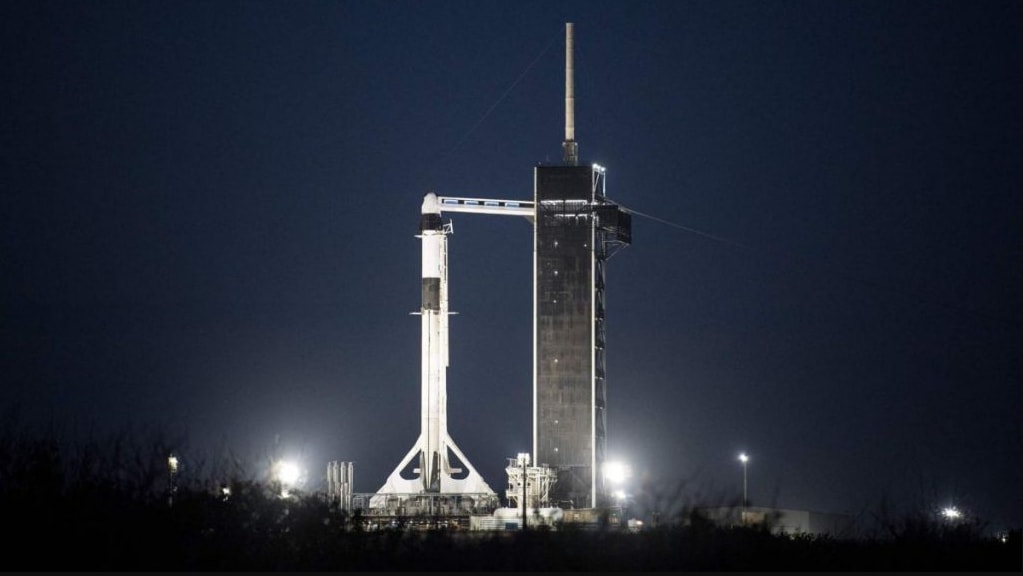NASA and SpaceX Launch, Live: Crew-2 to the International Space Station, Live

hey, will also investigate the possible causes of the suppressed immune response in microgravity. Microgravity can cause changes in the human immune system, “a possible concern for long-term space travel,” says the US space agency.
The six-month mission will carry out microgravity science experiments in low Earth orbit. An important scientific focus of this expedition is the continuation of a series of ‘Tissue Chips in Space’ studies: “Tissue chips are small models of human organs that contain multiple types of cells that behave very similarly to what they do in the body, “says NASA.
NASA Live: Official Stream of NASA TV
In the United States, NASA Television’s Public and Media channels are MPEG-2 digital C-band signals carried by QPSK/DVB-S modulation on satellite AMC-3, transponder 15C, at 87 degrees west longitude. Downlink frequency is 4000 MHz, horizontal polarization, with a data rate of 38.86 Mhz, symbol rate of 28.1115 Ms/s, and ¾ FEC. A Digital Video Broadcast (DVB) compliant Integrated Receiver Decoder (IRD) is needed for reception.
These chips can make it possible to identify safe and effective therapies (drugs or vaccines) much more quickly than the standard process.
It will be the first time NASA astronauts have flown in a repurposed crew capsule – the spacecraft first flew in May 2020 as SpaceX’s first astronaut mission, with Bob Behnken and Doug Hurley.
The trip to the ISS will take a little less than a day, given that they travel at more than 28,000 km / h. The ship is scheduled to dock -in automatic mode- around 11:10 hours -in mainland Spain- on Saturday, April 24.
NASA astronauts Shane Kimbrough and Megan McArthur, along with Japan Aerospace Exploration Agency astronaut Akihiko Hoshide and European Space Agency astronaut Thomas Pesquet have been designated to fly to the International Space Station for a mission. scientific that will last six months.
A Falcon 9 rocket and the Crew Dragon spacecraft
Good Morning! This Friday is the launch of the Crew-2 mission of NASA and SpaceX. In it, four astronauts will travel to the International Space Station starting at 11:49 Spanish time. A Falcon 9 rocket and the Crew Dragon spacecraft will be used for this trip from platform 39A at NASA’s Kennedy Space Center in Cape Canaveral, Florida.



